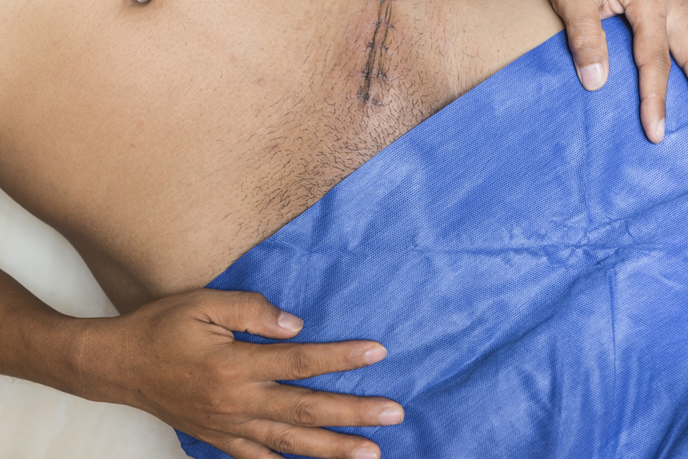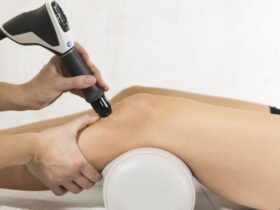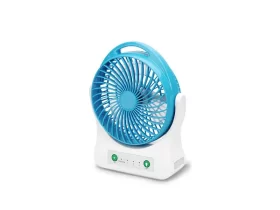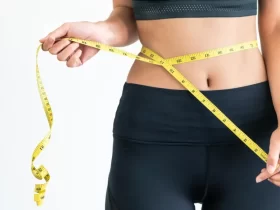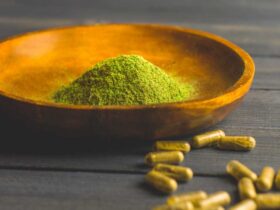Did you know that synthetic suture materials are around thanks to surgical experience from around 3000 years BCE? If you recently received stitches and are now looking at how to recover after getting stitches, you are in the right place. We have put together this guide to share our top tips for having a speedy recovery after you have stitches.
Read on to learn more about stitches care.
The First Day
When you first get stitches, it is important to keep the wound area dry for the first 24 hours after the doctor sews your stitches. Keeping the area dry will lower any risk of infection. Your doctor should give you instructions on when you can get the area wet and start cleaning it.
Typically, you have to wait at least an entire day before you can clean it.
After the First 24 Hours
It is normal for crust to form around your stitches and for dirt to accumulate. To reduce the chances of having a scar, you need to wash this crust and dirt off after the first 24 hours. Please make sure you consult with your doctor because in some cases you have to wait longer.
Keep in mind that when you clean the area, sometimes the wound will leak yellowish, clear fluid. If this happens, you want to place a bandage over the stitches to protect it from catching an infection.
Once the wound is healing, it will start to get itchy, but make sure you resist any urge to scratch the area. Scratching can cause you to accidentally pull them out.
Also, try to avoid taking showers, instead use a shower head that allows you to wash the rest of your body while avoiding direct contact with water on your stitches. If they do get wet, use a towel to carefully pat the area dry.
Infection Signs
Sometimes people end up with an infection even when they are taking care of the area. In the event that you experience increased pain, bleeding, pus, swelling, or a fever, you need to call your doctor. These are major signs of having an infection and if you don’t treat it right away it will get worst.
Taking Out the Stitches
Unless your doctor used dissolvable stitches, you will have to return to your doctor to have them taken out. How long you have to wait will all depend on where the stitches are located. Typically, stitches over your joints will need to stay in longer.
A doctor or nurse that has the right training will cut the stitch at the knot and then pull the small thread out. It shouldn’t really be painful, you should just feel a bit of tugging.
Now You Know About Recovering After Getting Stitches
Now that you know our top tips in recovering after getting stitches, you can apply the knowledge above and enjoy a speedy recovery.
Keep browsing our health section to catch some more tips and tricks.

